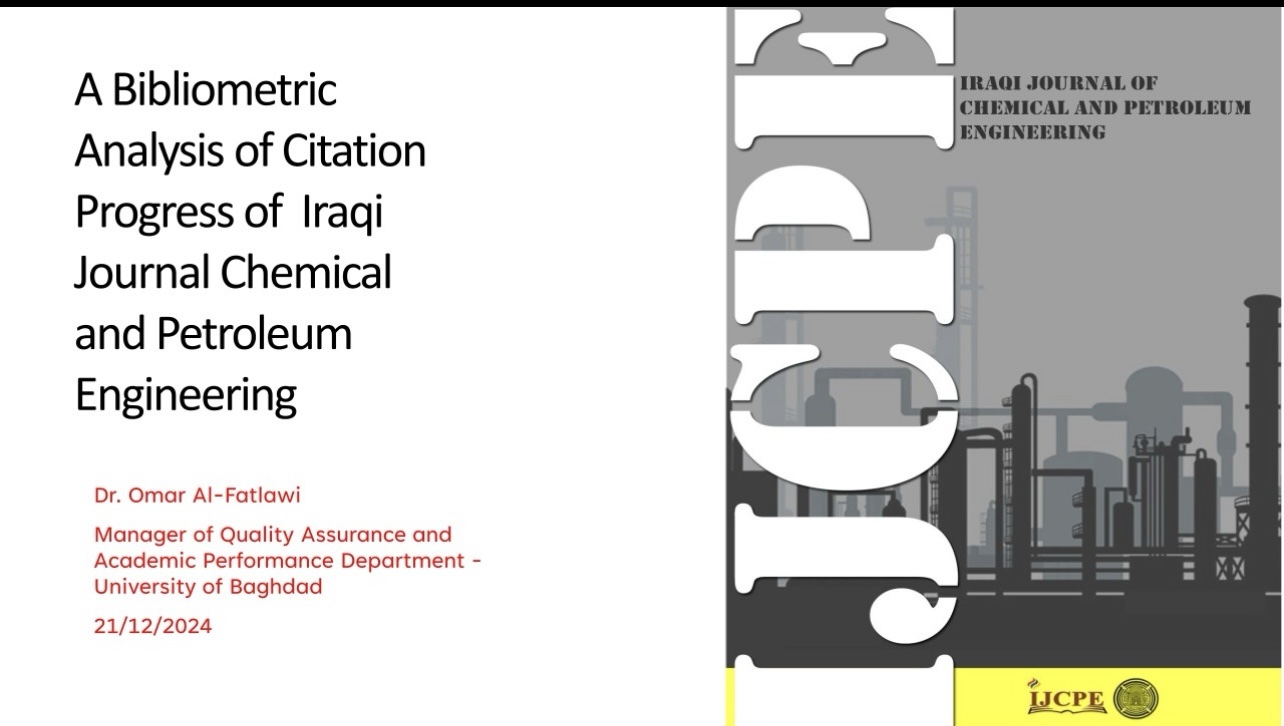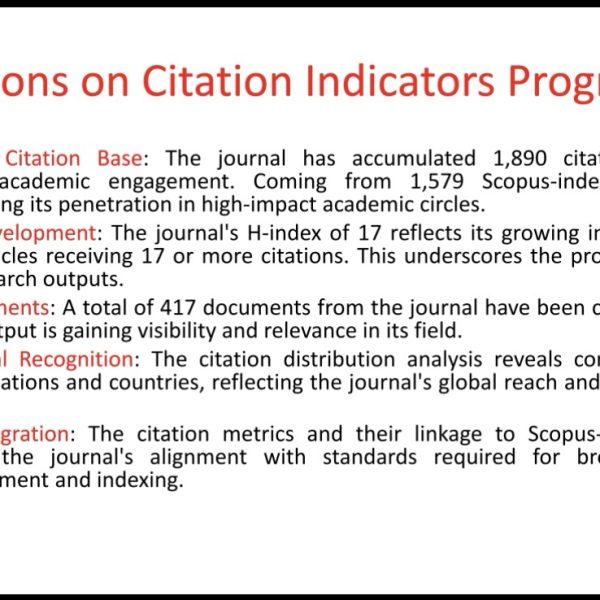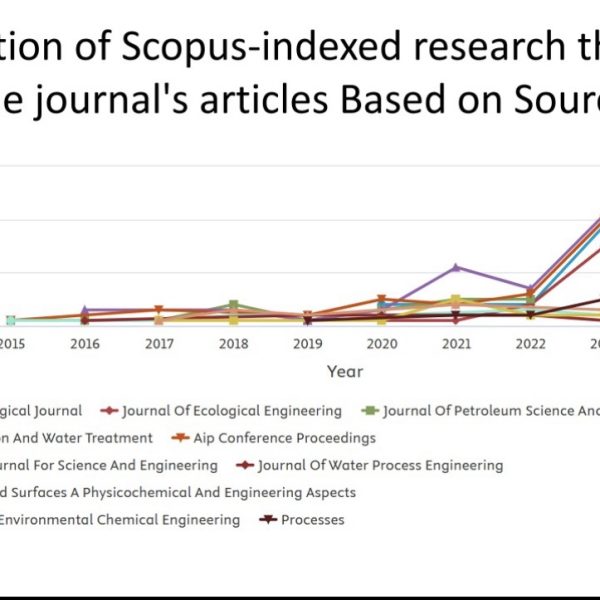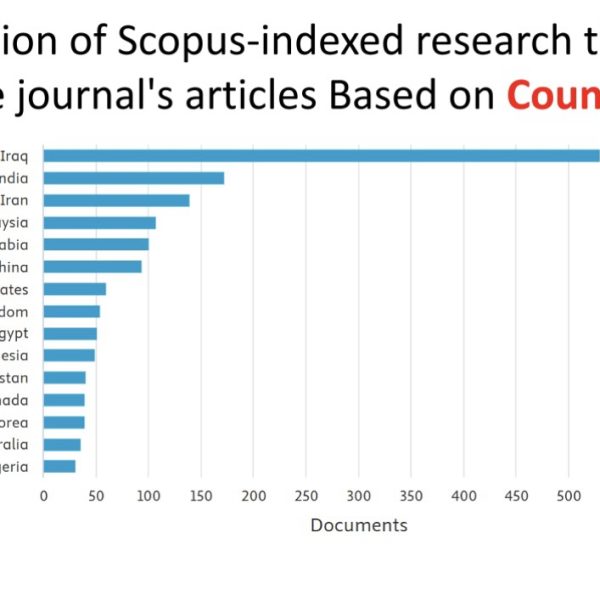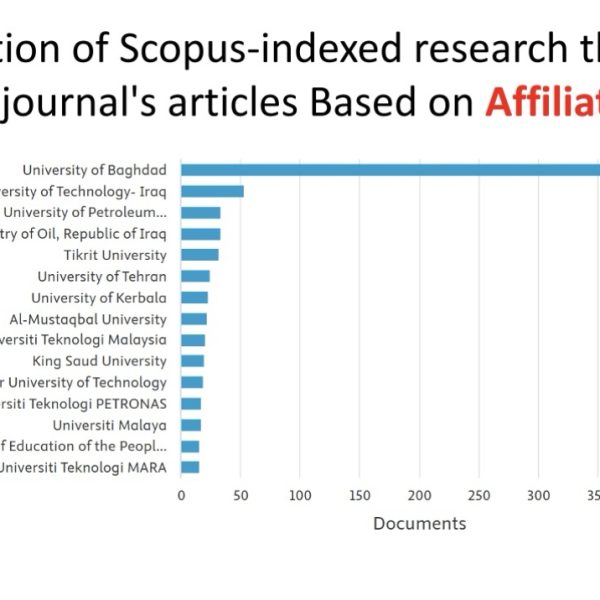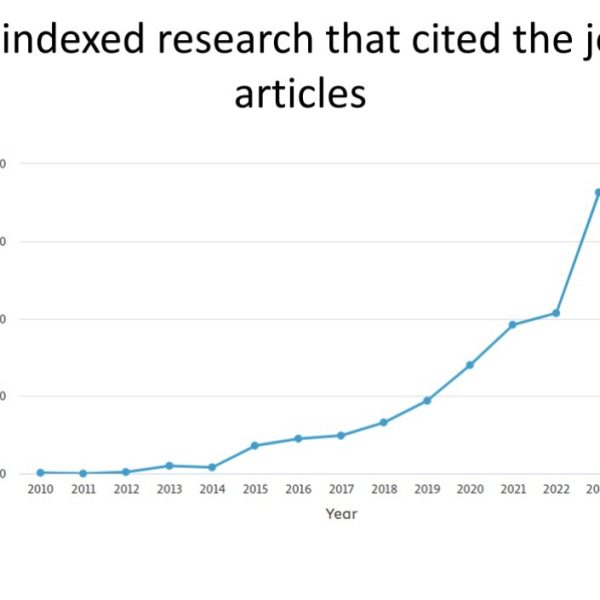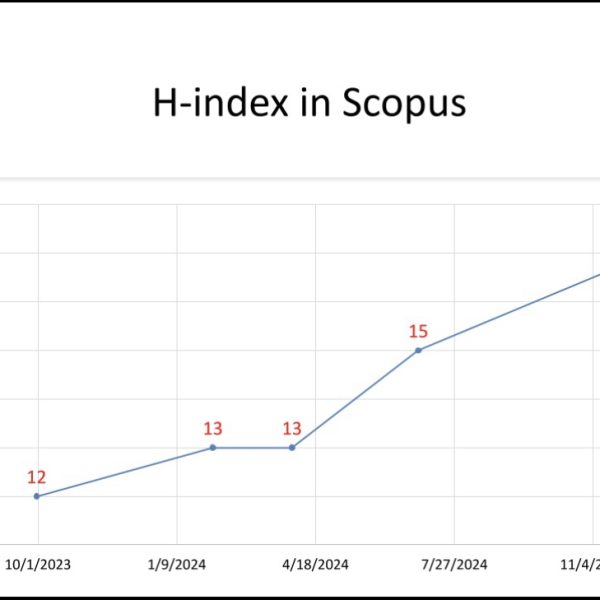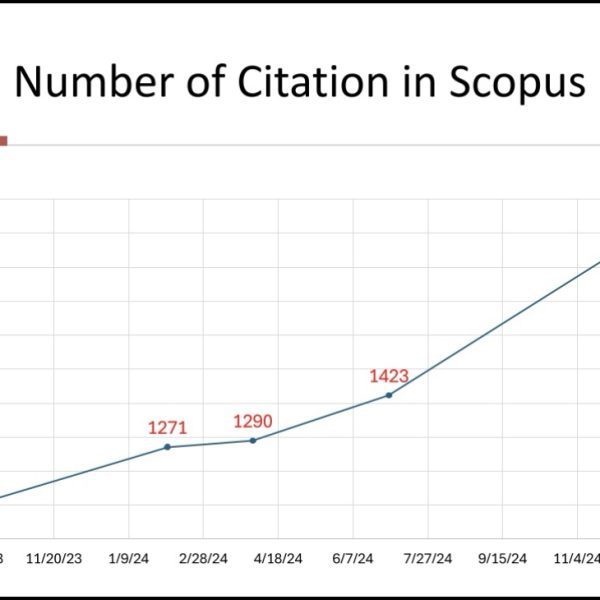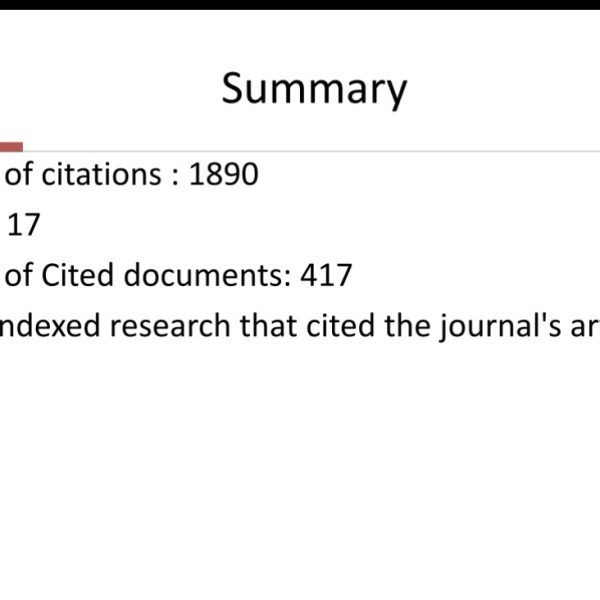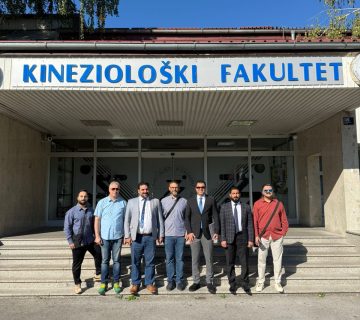As part of my ongoing mentorship for the University of Baghdad’s journals, I actively monitor their progress to ensure they meet the requirements for indexing in Scopus and Web of Science. Citation indicators serve as a crucial benchmark for assessing research quality, authorship impact, and overall readiness for successful indexing. In this post, I am pleased to share a sample of the monthly citation analysis for the Iraqi Journal of Chemical and Petroleum Engineering, based on data from the Scopus database. The journal has demonstrated remarkable progress, and I am optimistic that it is on track to achieve Scopus indexing in the near future. The key citation indicators I assess include: – Number of Citations in Scopus – H-index in Scopus – Scopus-indexed research citing the journal’s articles – Citation distribution based on affiliations – Citation distribution based on countries – Citation distribution based on sources Before 3 years, this journal had a predominantly local focus and was far from meeting the criteria of any major international repository. However, we implemented the following measures, which have transformed it into a competitive, globally recognized publication: 1- Enhance Content Quality: – Prioritize the publication of original, high-impact research in cutting-edge areas of chemical and petroleum engineering. – Encourage comprehensive literature reviews and studies with practical or theoretical implications. 2- Increase International Collaboration: – Actively invite submissions from renowned international scholars and research groups. – Establish partnerships with global institutions to co-host special issues and conferences. 3- Strengthen Editorial and Peer-Review Processes: – Implement stringent peer-review standards to maintain research credibility. – Incorporate international experts in the editorial and reviewer teams. 4- Optimize Digital Presence: – Ensure the journal’s website is user-friendly, featuring enriched metadata, DOIs for all articles, and adherence to Scopus technical standards. – Promote open-access publishing to boost readership and citations. 5- Focus on Citability: – Encourage authors to cite recent, high-impact studies, including Scopus-indexed sources. – Highlight key articles that have the potential for higher citation rates. 6- Monitor and Adapt to Scopus Requirements: – Regularly evaluate journal performance metrics like citation trends, H-index, and international contributions. – Address feedback from Scopus evaluation reports to align with their indexing criteria. 7- Promote Journal Visibility: – Utilize digital marketing, indexing platforms, and social media to enhance journal discoverability. – Collaborate with indexing services and databases to expand reach.
اخبار ذات صلة

Director of the Department of Relations and Media at the General Traffic Directorate Visits the College of Physical Education and Sport Sciences to Deliver an Awareness Lecture
Goal 11: Sustainable Cities & Communities, Goal 17 : Partnerships for the Goals, Goal 3 : Good health & Well-Being, latest news, SustainabilityComments are disabled.

